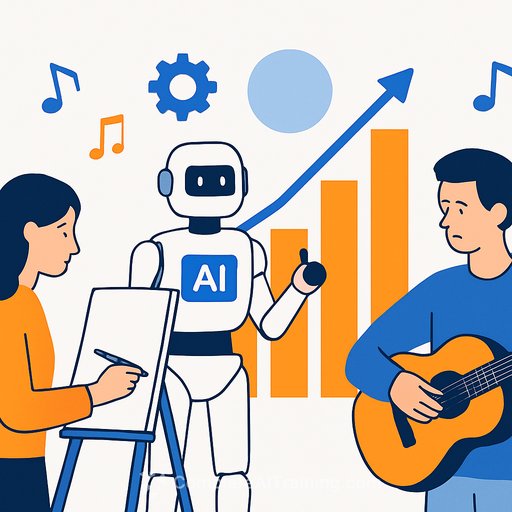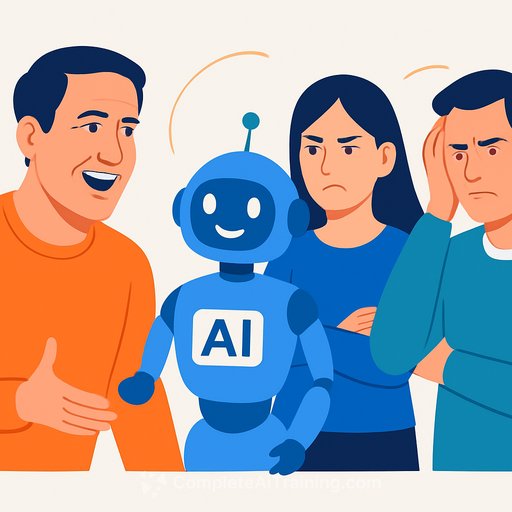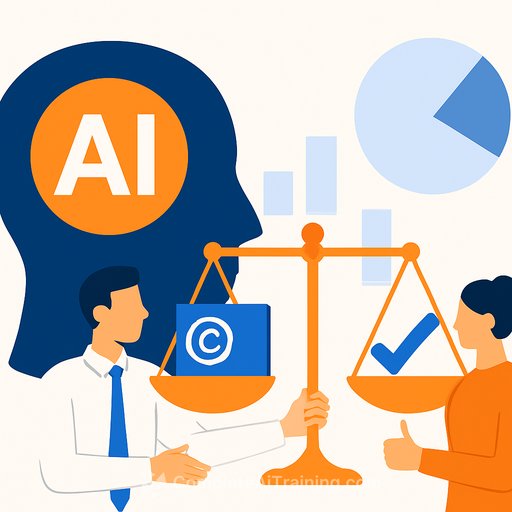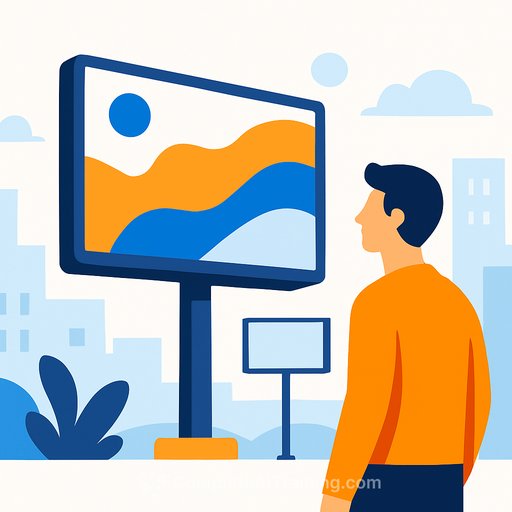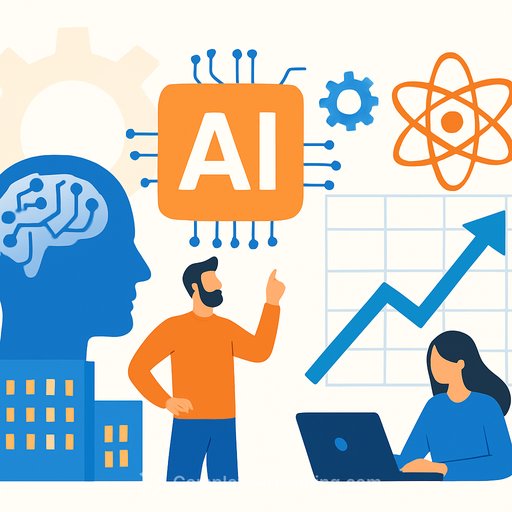AI-Generated Music Is Here. What Working Artists Can Do Next
AI-made songs have record deals and chart positions. That's no longer a prediction - it's the market. The question for creatives isn't "if," it's "how do we adapt without losing our voice or our paycheck?"
From assistive tool to artist replacement
About a decade ago, generative music was a niche research project. One early builder, Dr. Maya Ackerman (a musician and academic), created Lyric Studio to spark original writing - prompts, next-line ideas, rhyme suggestions. The intent was support, not substitution.
Once investors caught on, the money shifted toward full-song generation. Companies like Suno and Udio reportedly trained on huge catalogs scraped from the internet and now produce radio-ready tracks in minutes. Their output has even touched Billboard charts, which is why so many artists feel the ground moving under their feet.
Synthetic "artists" are getting deals
One headline example: the virtual R&B act Xania Monet, whose creator, poet Talisha Jones, writes the lyrics and uses text prompts to generate the instrumentals and vocals via software. The result can sound polished - and also generic. It mirrors style, but skips the messy, human path of melody writing, vocal phrasing, arrangement, studio takes, and years of training.
The stakes: money, credit, and culture
Follow the incentives
Joey La Neve DeFrancesco (Downtown Boys; co-founder of United Musicians and Allied Workers) argues the quiet part out loud: fewer human rights holders means lower payouts. Labels and platforms benefit when production is cheap and compliant. No splits. No disputes. No unions.
Extraction isn't new
Artists point to a long history of the industry profiting from Black innovation without fair compensation. Generative systems make it easier to imitate a sound or aesthetic while leaving the originators out of the deal. If training happens without consent, that pattern accelerates.
The missing human: heart and dissent
Singer Kadhja Bonet puts it plainly: great songs come from lived experience - books read, walks taken, hard conversations, real grief, real joy. Listeners connect to the person, not just the waveform. There's also the civic role of artists. A synthetic act never risks its career by taking a stand. That's convenient for companies. It's costly for culture.
Practical moves for working creatives
- Decide your line: Use AI to ideate, edit, or market - not to replace your voice. Write your own lyrics and melodies. If you co-create with tools, keep the human fingerprint obvious (performance, arrangement, story).
- Protect consent and credit: Avoid tools that train on unlicensed catalogs. Disclose AI assistance when relevant. Keep stems, drafts, and session notes for provenance.
- Go direct-to-fan: Build your list, your store, and your community. Don't depend on a single streamer. Own your data and relationships.
- Diversify platforms: Explore artist-first marketplaces and co-ops with clearer payout rules. Some creators are testing collectively owned platforms and keeping live performance central.
- Leverage AI for the unsexy work: Electronic press kits, tour routing ideas, outreach templates, release calendars, content clipping - automate the admin so you can spend more time making.
- Organize and shape policy: Join advocacy groups pushing for human-labeled music, fair royalties, and consent-based training. Collective pressure sets the norms.
Tools that help without hollowing out your art
- Idea support: Lyric assistants to break writer's block while you keep authorship. Treat outputs like sparks, not finished songs.
- Production speed-ups: Use AI for arrangement suggestions or sound design drafts, then re-record, layer real instruments, and re-perform vocals to keep the soul intact.
- Marketing systems: Creators like Kaila Love are building AI-driven funnels, EPKs, and direct sales flows so independent artists can operate like lean businesses.
If you want structured, creator-focused AI training to build those systems, explore curated courses by job at Complete AI Training.
What listeners actually do
Some people want background audio. They won't care who made it. But staying power comes from the human connection - seeing an artist on stage, feeling a room react, hearing a voice crack on the bridge. Early spikes for AI-only acts have dropped off once the novelty fades. That matters.
Bottom line
AI is already part of music. The leverage comes from how you use it. Keep the human at the center, automate the busywork, own your audience, and push for consent and fair pay. The future that favors creatives is the one we actively build.
Your membership also unlocks:

